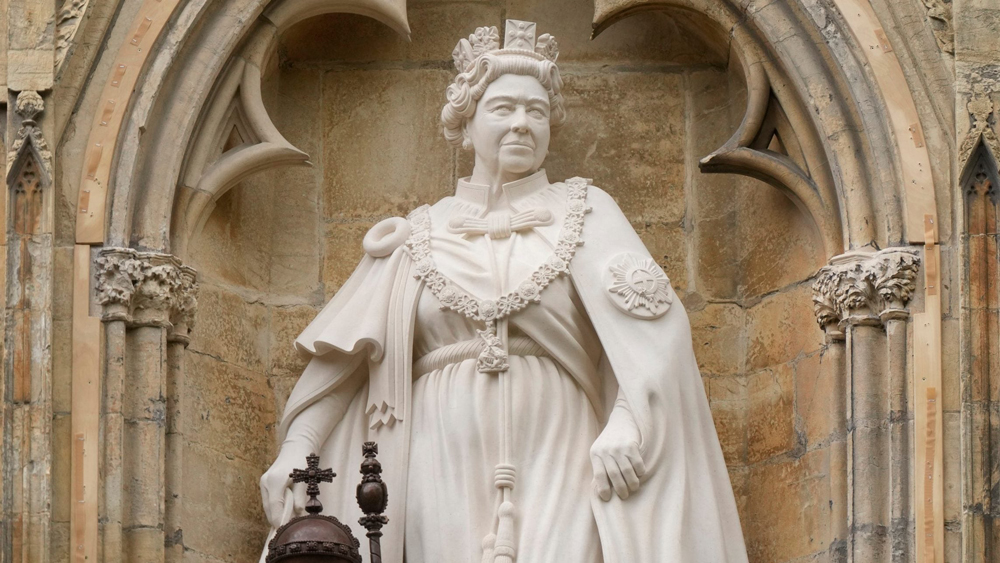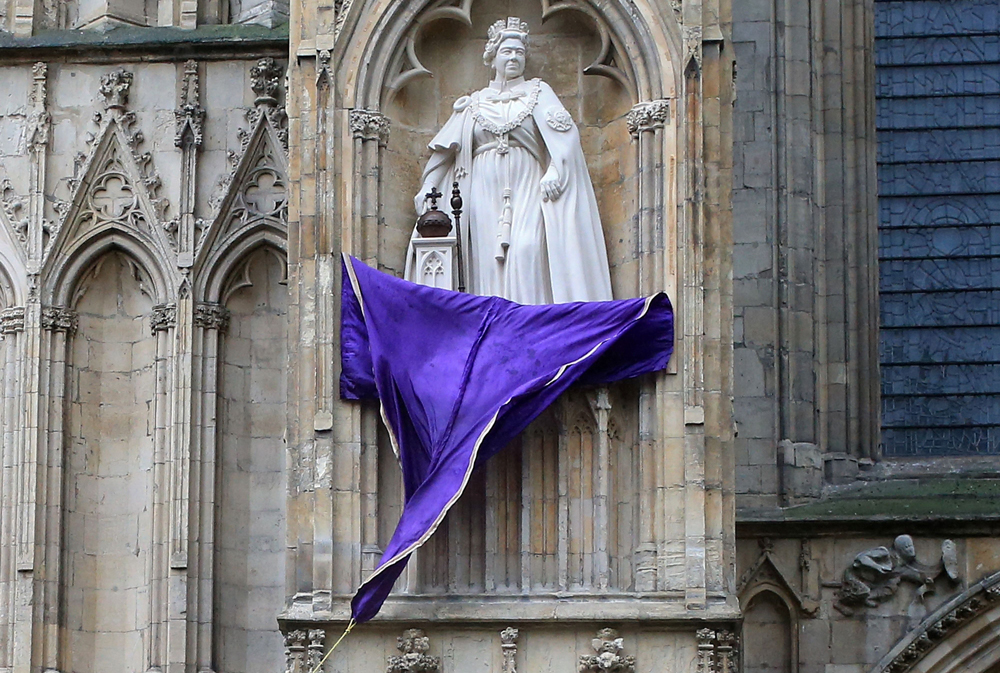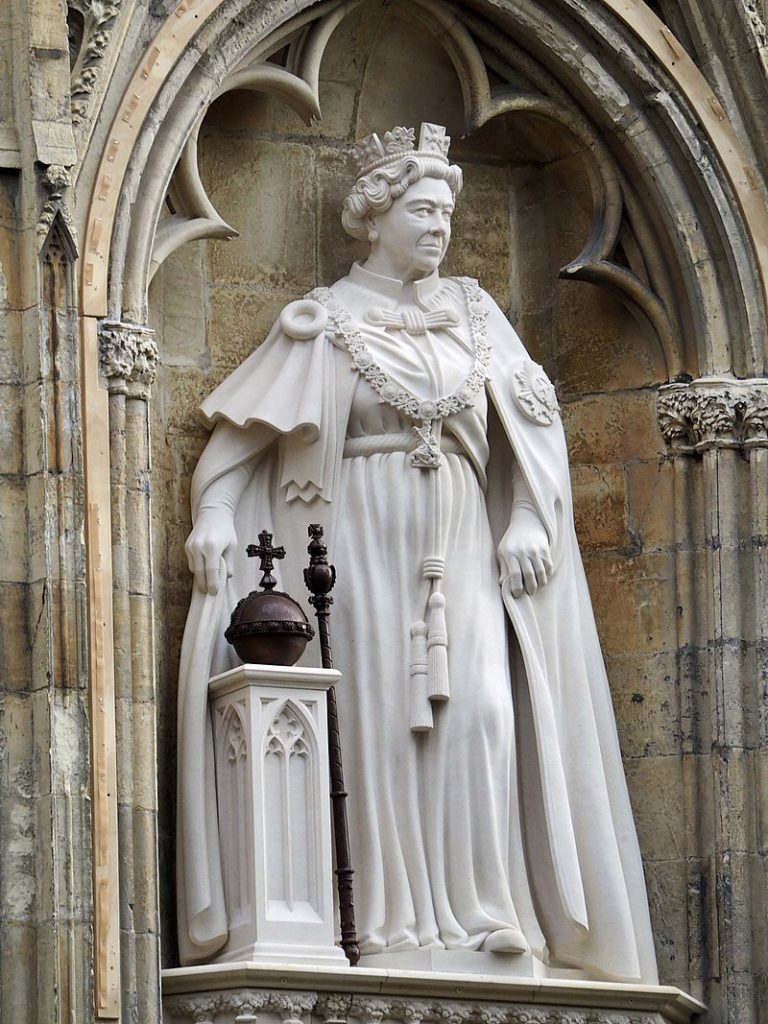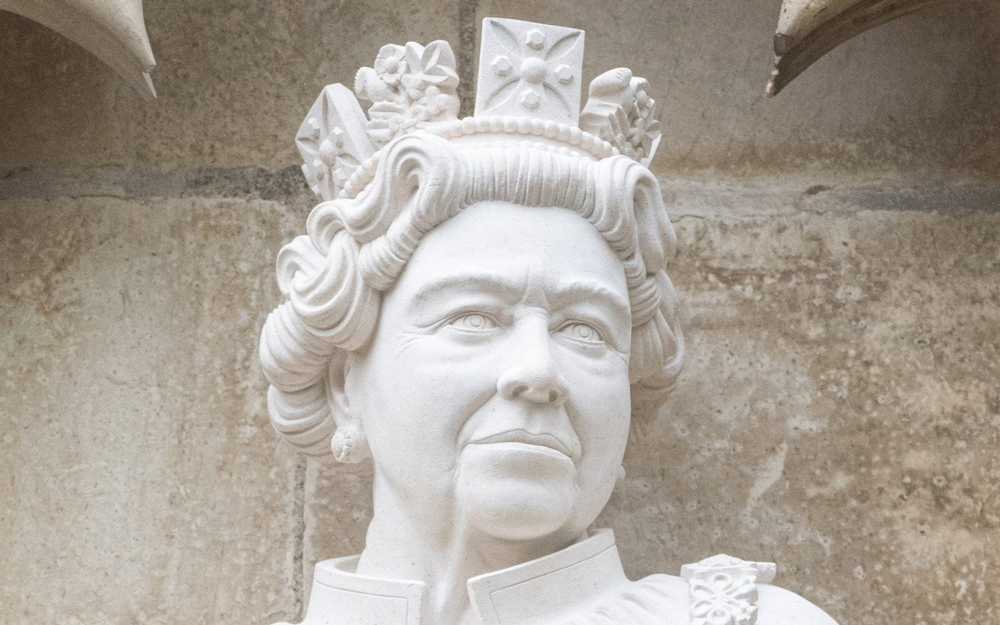Introduction

On November 9, 2022, King Charles III of England unveiled a Queen Elizabeth Statue at York Minster. This ceremony took place two months after the Queen’s death in September 2022. This 6-foot-7 inch statue is designed to commemorate the platinum celebration of the late Queen and was completed in August 2022, one month before her death. This statue is not only a tribute to the queen, but also an important moment in British history. This article will provide an in-depth introduction to the statue of Queen Elizabeth II, including its historical background, artistic value, and symbolic significance in British culture.
The Queen’s Life
Elizabeth II succeeded to the throne in 1952, becoming one of the longest reigning monarchs in British history. Her rule witnessed significant changes in Britain and the world, including social, cultural, and political changes in Britain. Queen Elizabeth II is known for her loyalty, leadership, and public service spirit, and her rule is known as the “Elizabethan era”.
Platinum Celebration: The Queen’s Glorious Moment

The Platinum Celebration of Queen Elizabeth II is a celebration of her 70th anniversary on the throne. This is a symbolic moment that highlights her enduring power and influence as a monarch. The Platinum Festival sparked nationwide celebrations to commemorate the Queen’s glorious achievements and her contributions to the country.
The Creation and Historical Origin of Statues
The statue of Queen Elizabeth II was created to commemorate her platinum celebration. The production of this statue was completed in August 2022, and the queen passed away in September of the same year. The statue was designed by renowned sculptors and unveiled at York Cathedral, becoming an eternal heritage left by the Queen to future generations.
Artistic value and details

The statue of Queen Elizabeth II has outstanding artistic value, and the following are some notable features:
Vivid Sculpture: This statue captures the queen’s appearance and features with astonishing craftsmanship, making it lifelike.
Ritual and solemnity: The design of the statue emphasizes ritual and solemnity to reflect the queen’s status and historical importance.
Symbolic elements: The statue may contain some symbolic elements to emphasize the queen’s role as a national leader, such as the crown and royal attire.
Symbolic Meaning and Cultural Heritage
The statue of Queen Elizabeth II holds profound symbolic significance in British culture:
The Queen’s Inheritance: This statue is a precious legacy left by Queen Elizabeth II to future generations, symbolizing her enduring influence in British history.

Symbol of Platinum Celebration: The statue marks the Queen’s Platinum Celebration, emphasizing her monarchical status and her loyalty to the country.
The fusion of culture and art: This statue combines culture, history, and art to become a part of the British cultural heritage.
Conclusion
The statue of Queen Elizabeth II is an important sculpture that not only holds outstanding artistic value, but also carries the history and culture of England. It is a tribute to the Queen and also a tribute to her glory during the Platinum Festival. This statue not only attracts tourists, but also becomes a part of British culture, witnessing the remarkable rule of Queen Elizabeth II and her profound contributions to the country. It will forever be engraved on the scroll of British history and is an eternal and revered work.

